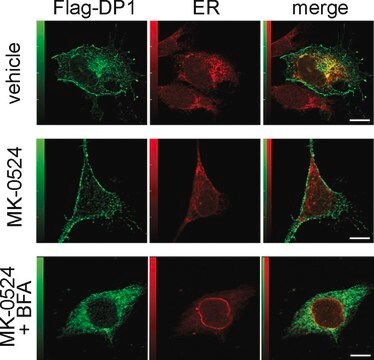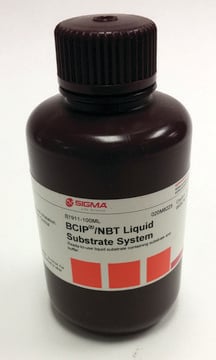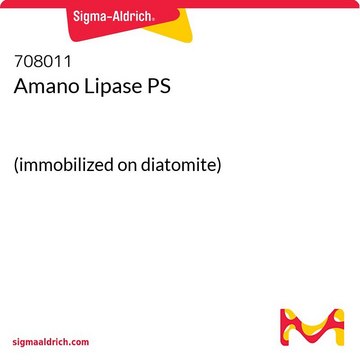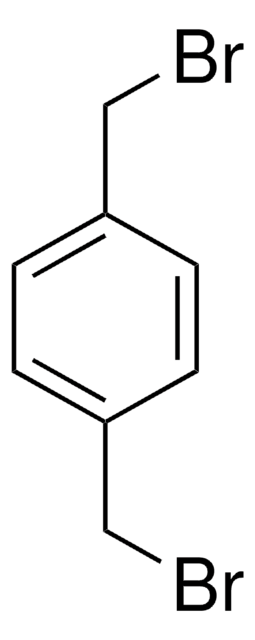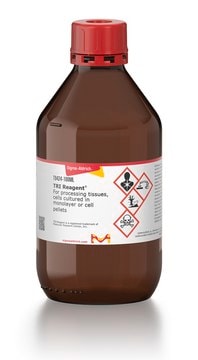A2951
Monoclonal Anti-Alkaline Phosphatase, Human Placental antibody produced in mouse
clone 8B6, ascites fluid
Sinónimos:
Monoclonal Anti-Alkaline Phosphatase, Human Placental, Anti-Phosphatase, Alkaline, Human Placental, PLAP
About This Item
Productos recomendados
biological source
mouse
conjugate
unconjugated
antibody form
ascites fluid
antibody product type
primary antibodies
clone
8B6, monoclonal
contains
15 mM sodium azide
species reactivity
human
technique(s)
immunocytochemistry: suitable
immunohistochemistry (formalin-fixed, paraffin-embedded sections): 1:4,000 using human placenta
immunohistochemistry (frozen sections): suitable
indirect ELISA: suitable using whole cells
radioimmunoassay: suitable using radio-immunolocalization of xenografts of human cell lines expressing PLAP in nude mice2
western blot: suitable
isotype
IgG2a
UniProt accession no.
shipped in
dry ice
storage temp.
−20°C
target post-translational modification
unmodified
Gene Information
human ... ALPP(250)
¿Está buscando productos similares? Visita Guía de comparación de productos
General description
Immunogen
Application
- enzyme-linked immunosorbent assay (ELISA)
- immunocytochemistry
- radio-immunolocalization
- western blot
- immunofluorescence
- immunohistochemistry
Biochem/physiol Actions
Disclaimer
¿No encuentra el producto adecuado?
Pruebe nuestro Herramienta de selección de productos.
Storage Class
10 - Combustible liquids
wgk_germany
WGK 3
flash_point_f
Not applicable
flash_point_c
Not applicable
Elija entre una de las versiones más recientes:
Certificados de análisis (COA)
¿No ve la versión correcta?
Si necesita una versión concreta, puede buscar un certificado específico por el número de lote.
¿Ya tiene este producto?
Encuentre la documentación para los productos que ha comprado recientemente en la Biblioteca de documentos.
Nuestro equipo de científicos tiene experiencia en todas las áreas de investigación: Ciencias de la vida, Ciencia de los materiales, Síntesis química, Cromatografía, Analítica y muchas otras.
Póngase en contacto con el Servicio técnico